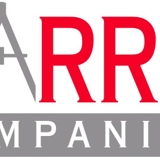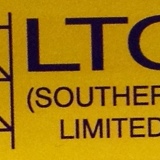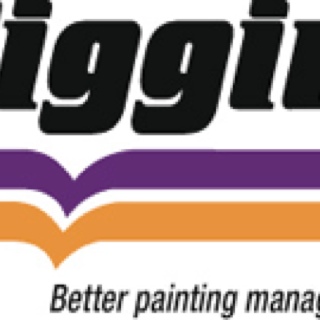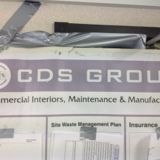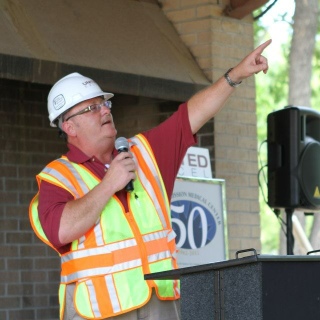Information
-
Document No.
-
Audit Title
-
Client / Site
-
Conducted on
-
Prepared by
-
Location
-
Personnel
OSHA BIG 4 - FALL HAZARDS
-
A. Does the site have fall risks greater than 6 feet (including voids, pits and trenches)?
B. Is the proper fall protection being used when needed?
C. Are fall hazards protected by guard rails and are they properly installed?
D. Are ladders set-up properly (tied off, secured and properly positioned)?
E. Are ladders in good condition (legible labels, clean, no cracks or bent rungs)?
F. Are ladders being used properly and for the right task? -
Did you find any fall hazards?
OSHA BIG 4 - STRUCK BY HAZARDS
-
A. Did you observe any falling or flying objects?
B. Is there any heavy equipment and/or vehicles operating on-site? (i.e. rough terrain forklifts, bull-dozers, excavators)
C. Concrete or masonry walls properly braced? (Consider high winds)
D. Material stored properly, not more than three boxes high when not bundled or banded? -
Did you find any struck by issues?
OSHA BIG 4 - CAUGHT IN OR BETWEEN HAZARDS
-
A. Crane swing radius barricades in place?
B. Safe distance from heavy equipment maintained?
C. Do excavations have proper protection? (berming, trench boxes, slope/stepping, ladders, etc.)
D. Do conveyors have proper protection to prevent accidentally being caught in?
E. Do all machines have proper guarding? -
Did you find any Caught In/Between Hazards?
OSHA BIG 4 - ELECTRICAL HAZARDS
-
A. Proper electrical tool used?
B. Are employees using GFCI's?
C. Electrical cords in good condition and proper size for job?
D. Equipment a minimum of 10 feet from overhead electrical lines? (Distance increases with amount of voltage.)
E. No electrical equipment near water or flammables?
F. Electrical equipment is not near chemicals that could damage?
G. Are LOTO procedures being followed? -
Did you find any electrical hazards?
PPE
-
Have all employees been trained to use proper PPE and is it being used properly? (Company supplied hard hat, safety glasses, gloves, vest and boots)
HOUSEKEEPING
-
A. Is material stored properly onsite?
B. Are aisles and walkways clear of materials?
C. Are exits clearly identified and unobstructed?
D. Trash cleaned up and hauled to dumpsters?
E. Break areas clean and tidy, lids on trashcans, tables wiped down? -
Did you witness any housekeeping hazards?
Safety Contact
-
Name of Person Contacted & Comments
Comments and Signatures
-
Any comments/concerns about this site visit?
-
Is there anything the safety department needs to follow-up on?
-
Person performing this site audit
